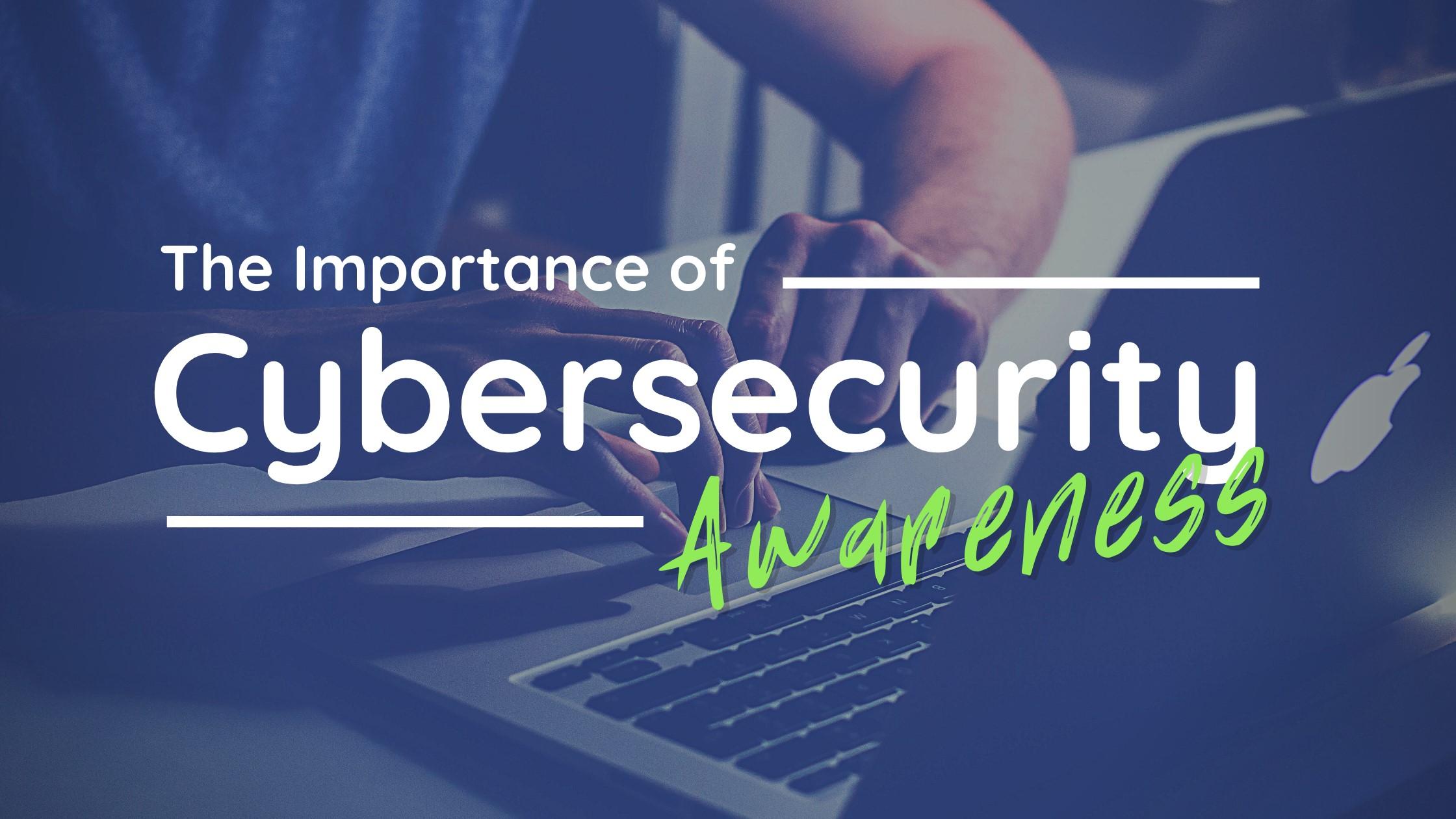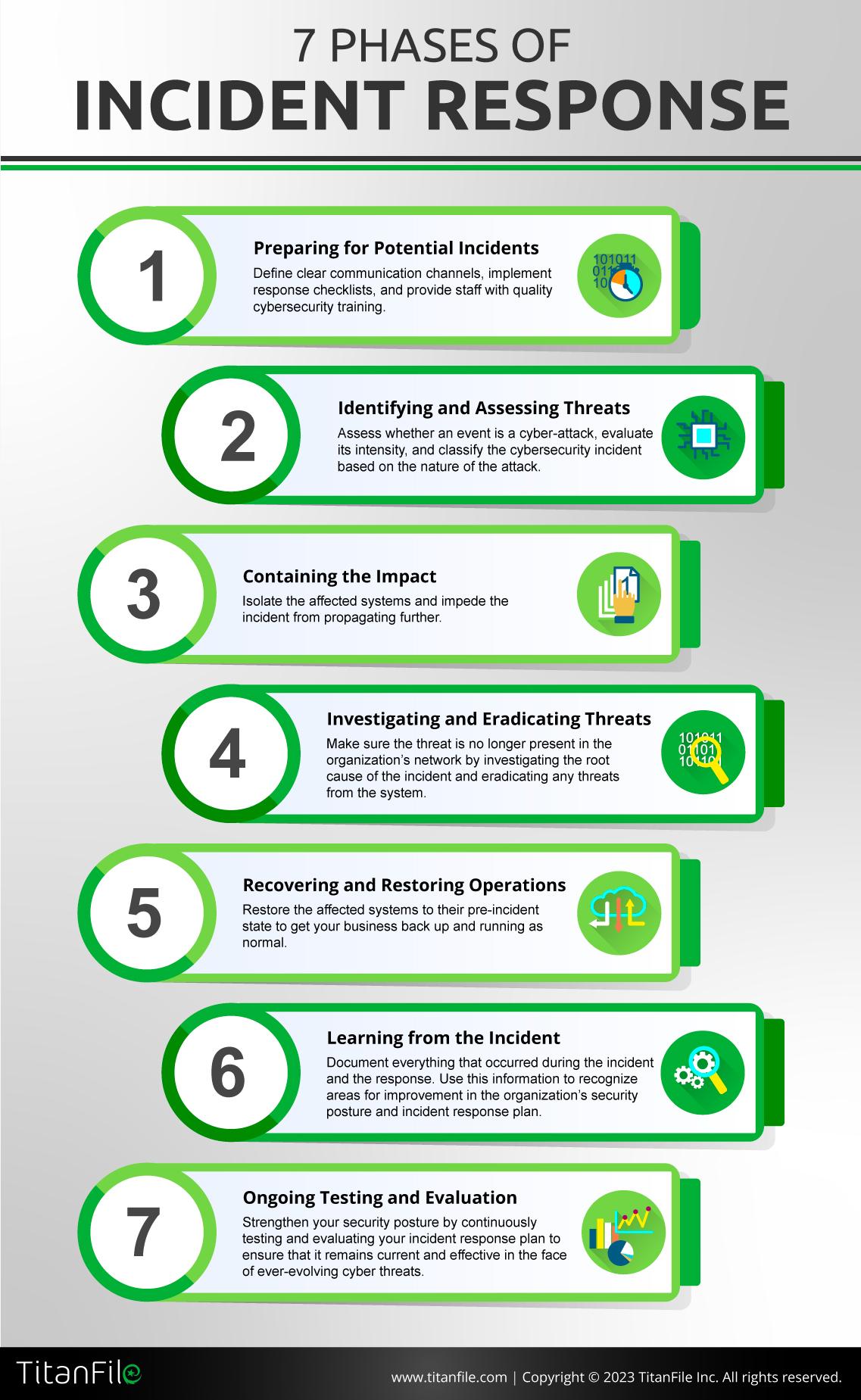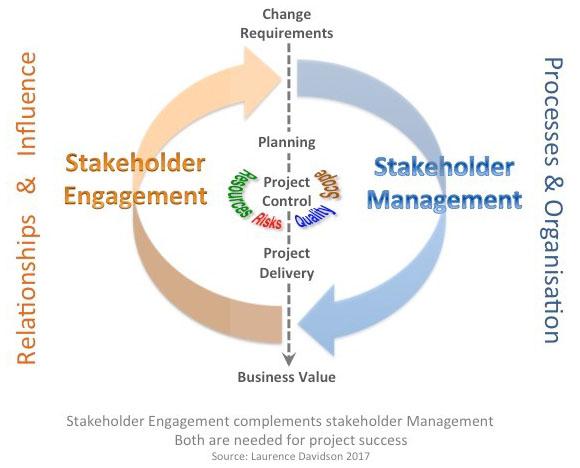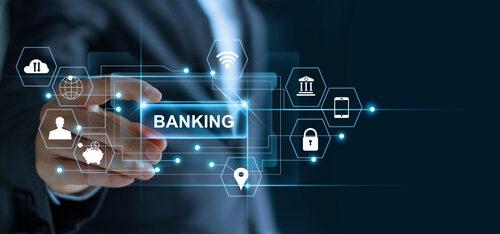In an era where digital innovations propel the banking sector into new frontiers, the necessity for robust cyber resilience has never been more paramount. As financial institutions embrace technology to enhance customer experiences and streamline operations, they simultaneously open themselves to an ever-evolving landscape of cyber threats. From ransomware attacks to data breaches, the stakes have escalated, putting sensitive information and trust at risk. “Fortifying Finance: Five Steps to Cyber Resilience in Banking” explores essential strategies that can empower banks to safeguard their digital assets while maintaining operational integrity. In a world where cyber incidents can unravel years of hard-earned reputation, adopting a proactive stance on cybersecurity is not just an option—it is an imperative for survival in the modern financial ecosystem. Join us as we unravel these vital steps toward a stronger, more resilient banking landscape.
Building a Culture of Cyber Awareness in Financial Institutions
Establishing a robust culture of cyber awareness within financial institutions is essential for safeguarding sensitive information and maintaining customer trust. This culture should be deeply embedded in the organization’s ethos and resonate through every level of the hierarchy. Training programs play a pivotal role in this endeavor, equipping employees with the knowledge to recognize potential cyber threats. Furthermore, regular simulated phishing attacks and security drills can provide practical insights and reinforce the importance of vigilance. By fostering an environment where discussions about cyber risks are encouraged, organizations can create a proactive security posture that empowers employees to act as the front line against cyber threats.
Moreover, leadership commitment is crucial in promoting a culture of cyber awareness. When executives prioritize cybersecurity, it sets a precedent for the entire organization to follow. Incentives for good security practices, such as recognition programs or rewards for reporting vulnerabilities, can further motivate employees to be proactive in their cyber hygiene. Establishing clear policies and guidelines for data protection alongside an easily accessible incident reporting system will also streamline responses to security breaches. By integrating these elements, financial institutions can cultivate a well-informed workforce ready to tackle the ever-evolving landscape of cyber threats.

Implementing Robust Infrastructure and Advanced Technologies
To navigate the ever-evolving landscape of cyber threats, financial institutions must prioritize the development of a resilient technological architecture. This involves investing in high-performance infrastructure that supports rapid scaling and adaption to new challenges. Key measures include:
- Cloud Security Solutions: Leveraging cloud technologies can enhance data protection through advanced encryption and multi-layered security protocols.
- Load Balancing: Distributing incoming network traffic can prevent overload and maintain service availability, even during cyber incidents.
- Disaster Recovery Systems: Implementing robust backup solutions ensures data integrity and minimizes downtime during a breach.
Moreover, integrating advanced technologies is crucial for fortifying defenses. Incorporating machine learning algorithms and artificial intelligence can drastically improve threat detection and response times. By analyzing vast amounts of data in real-time, these technologies can discern patterns and predict potential vulnerabilities. Financial institutions should focus on:
- Threat Intelligence Platforms: Utilizing AI-driven insights allows proactive identification of emerging risks.
- Biometric Authentication: Enhancing user verification processes to minimize identity theft and unauthorized access.
- Blockchain Technology: Enhancing transaction transparency and security to build customer trust and deter fraud.

Streamlining Incident Response Plans for Swift Recovery
To ensure rapid recovery from cybersecurity incidents, it is crucial that financial institutions develop and regularly refine their incident response plans. These plans should not only address the immediate containment and mitigation of threats, but also outline the steps for long-term recovery. Key components to consider include:
- Clear Communication Protocols: Establish defined pathways for internal and external communication during an incident.
- Roles and Responsibilities: Assign clear roles within the incident response team to facilitate swift decision-making.
- Regular Training and Drills: Conduct periodic simulations to ensure team preparedness and identify weaknesses in the response strategy.
- Post-Incident Reviews: Implement a system for analyzing incidents to improve future response efforts.
Furthermore, leveraging technology can enhance incident response efficiency. Implementing automated monitoring tools can provide real-time alerts, enabling a proactive approach to potential threats. Consider maintaining an organized repository of incident response resources by using a simple table for easy access:
| Resource Type | Description | Access Link |
|---|---|---|
| Guidelines | Step-by-step procedures for different incident scenarios. | View |
| Tools | Recommended software for detection and containment of threats. | Access |
| Training Material | Modules for staff training on incident response. | Download |

Engaging Stakeholders in Continuous Risk Assessment and Improvement
To cultivate a culture of resilience within banking institutions, it is essential to actively involve stakeholders at every level of the cyber risk assessment process. Engaging diverse teams—from IT professionals to customer service representatives—creates a holistic understanding of vulnerabilities and threats. By organizing interactive workshops and regular training sessions, institutions can foster collaboration and communication across departments, ensuring that everyone is aware of potential risks and their responsibility in mitigating them. Stakeholders should be encouraged to share insights and experiences, transforming risk assessment from a top-down dictate into a shared journey, enriching the organization’s collective knowledge base.
To maintain an ongoing dialog, banks can implement systems for continuous feedback and reporting, significantly enhancing their ability to respond to emerging threats. A structured framework encompassing the following elements can be deployed:
| Feedback Mechanism | Description |
|---|---|
| Regular Surveys | Gather insights from staff regarding potential cyber threats and vulnerabilities. |
| Incident Reporting System | A clear channel for employees to report security incidents or suspicious activities. |
| Quarterly Review Meetings | Assess the current risk landscape and strategize improvements based on stakeholder input. |
By nurturing this active participation and feedback loop, banks not only bolster their cybersecurity posture but also empower employees with a sense of ownership and accountability—crucial elements in the pursuit of enduring cyber resilience.
To Conclude
In an age where digital transactions define the heartbeat of the banking sector, the imperative to fortify finance against cyber threats has never been clearer. The five steps we’ve explored pave the way for a robust cyber resilience strategy, but they are merely the beginning of a continuous journey. As the landscape of cyber threats evolves, so too must the defenses of financial institutions. An organization that nurtures a culture of vigilance, empowers its personnel with knowledge, and embraces innovative technologies will not only safeguard its assets but also bolster its reputation and client trust.
As we navigate this intricate web of digital connectivity, let us remember that the strength of our financial systems rests not just in advanced firewalls and sophisticated software, but in our collective commitment to adapt, innovate, and collaborate. By proactively embracing these five steps, the banking sector can forge a path toward a more secure future—one where resilience is woven into the very fabric of finance. The journey is long, but with each step, we move closer to a world where cyber threats become just another whisper in the ever-robust conversation of banking evolution.
